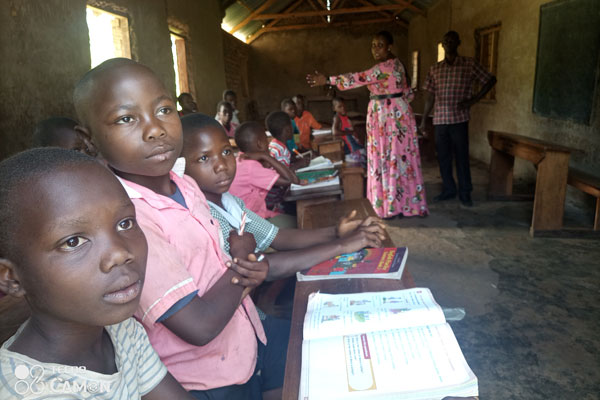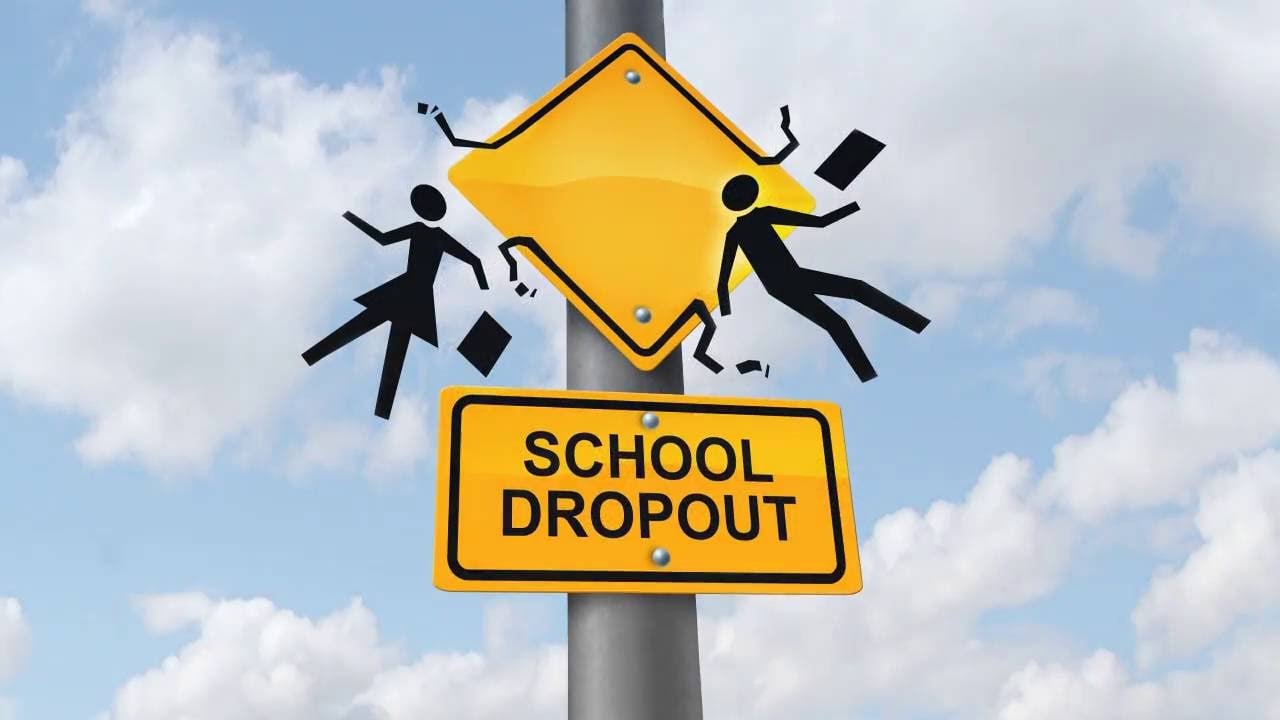Prime
Pupils study in shifts over few structures

The Namisindwa Deputy RDC, Ms Juliet Solome Namara, visits one of the classrooms at Butsebangwe Primary School in Namabya Sub-county in October 2022. PHOTO/YAHUDU KITUNZI
What you need to know:
- A July Namsindwa education report puts the teacher-pupil ratio at 1:140 yet the standard is 1:40
Pupils in several government-aided primary schools in Namisindwa District study in shifts due to lack of enough classrooms.
In some of the schools that Daily Monitor visited at the weekend, pupils in Primary One and Two have their lessons in the morning, while those in Primary Three to Seven start after break time.
Teachers also share pit-latrines with the pupils.
Mr Milton Wamairi, a teacher at Butsebangwe Primary School in Namabya Sub-county, said the situation has affected performance.
“Even the few classroom structures we have are dilapidated and the government is delaying to do something about it despite the deteriorating academic performance,” Mr Wamairi said.
He added: “We teach pupils in shifts or sometimes we put them in one class and separate using temporary material.”
The school, with an enrollment of 500 pupils, has one functional pit-latrine stance.
“The staff and the pupils are supposed to use different lavatories but that is not the case at our school,” Mr Wamairi said.
Ms Agnes Mutonyi, the head teacher of Butsebangwe Primary School, said the situation is increasing the school dropout rate of learners.
“The poor state of the school has forced several learners to drop out of school. You find a pupil of Primary Three copying notes from one of Primary Five because they are sharing classes,” Ms Mutonyi said.
At Nusu Primary School, Ms Junic Nambuya, deputy head teacher, said the poor structures are putting the lives of children at risk.
“The school was given two classroom blocks but the contractor locked the classes overpayment,” she said.
According to a July 15-29 inspection report signed by Mr John Wilson Lusayi, the district inspector of schools, the pupil-teacher ratio stands at 1:140 yet the standard is 1:40.
According to the report, the most affected primary schools are Butsebangwe, Kutsuyi, Buwasiba, Bumurwa, Bungatti Church of Uganda, Kuafu, Soono, Mutsasa, Bukwambeyi, Bunaaganda, and Nabini. Others are Busekele, Bumasaka, Busyambi, Bubikala, Nuusu, Bunamuntsu, and Nangetsa.
“This is due to limited development grants received from the central government,” the report reads in part.
The district chairperson education committee, Mr Alex Molokoyi, said the funds are too few to construct enough classes and pit-latrines in every school.
He asked the government to increase school capitation grants and allow management bodies to prioritise the allocation of the funds.
“In the Financial Year 2021/2022, we received about Shs1b to the education department and the biggest portion caters for staff salaries,” Mr Molokoyi said.
Namisindwa has 96 government-aided primary schools.
Ms Irene Kakai, a retired teacher, said the sorry state of schools is compromising the dignity of teachers and pupils, especially the girl child.
“The situation leaves teachers vulnerable to accusations of inappropriate behaviour,” she said.
ALSO READ: Parents set to pay for milk at school
The deputy Resident District Commissioner, Ms Juliet Solome Namara, wondered why the district lacks infrastructure yet the government sends funds every quarter. “We may lose children if such dilapidated structures collapse. This is a security threat,” she said. Ms Namara also blamed the situation on corruption. “My investigation indicates that some government primary schools have ‘ghost’ pupils. There is connivance between district officials and the school to inflate the number of pupils,” she said.





